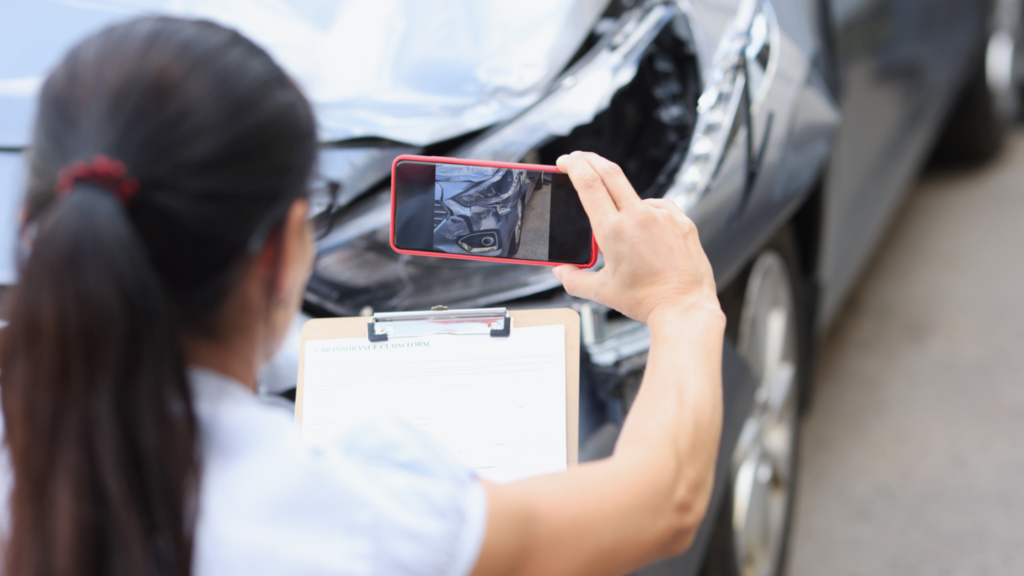- News
- The “Winning” Burden of Proof: How Is Guilt Determined in a Personal Injury Case?
The “Winning” Burden of Proof: How Is Guilt Determined in a Personal Injury Case?

If you’ve watched any thrilling TV crime dramas lately, you’ve certainly heard the famous legal catchphrase “beyond a reasonable doubt” uttered by countless actors playing defense lawyers. In their eloquent closing statements, these “attorneys” nearly always instruct the jury that if they have any doubts in their minds, they simply can’t vote to convict the accused.
It also happens in real life. You likely recall O.J. Simpson’s legendary defense lawyer Johnnie Cochran playing the “reasonable doubt card” by holding up the infamous bloody glove in the courtroom. “If it doesn’t fit, you must acquit,” were his famous words to jurors. Essentially, in criminal cases, if the jury has any reasonable doubts about the defendant’s guilt, the judge instructs them to determine that they are not guilty.
Well, in a personal injury case things are a bit different. Because these cases are tried in a civil court, and not in a criminal courtroom, there’s a different standard of proof that juries are instructed to use. It’s called “preponderance of evidence.” This means that if jury members believe the accused defendant is the most at blame for the plaintiff’s injuries, they must decide in favor of the plaintiff. For a more in-depth explanation, you can read a judge’s very thorough instructions to a Michigan jury concerning a civil case argued just a few years ago. Essentially, the preponderance of the evidence standard means that if 50 percent plus a feather of the evidence show that a defendant was more at fault for an accident or for payment of a disputed medical bill, the defendant is required to pay for those damages. However, Michigan does allow for a jury to consider contributory negligence when assessing the amount of damages involved in a case.
But when it comes to establishing the required preponderance of evidence, who bears the responsibility either to prove their case, or to disprove the claims brought by their opponents? Well, it turns out that the burden of proof (which in a criminal case falls entirely on the prosecution) is determined in a somewhat different fashion in civil law.
Who Bears the Burden of Proof in a Personal Injury Case?
If a prosecutor wants to convict you of a crime, they have the burden of proving beyond a reasonable doubt that you are guilty of that crime. However, if you want to recover against a negligent party or insurance company for injuries from a car crash, dog attack, slip and fall, or other accident, you will have to carry the burden of proof. Fortunately, the burden of proof in these civil cases is much lower than what a prosecutor is required to prove in a criminal case.
The plaintiff and their legal team usually bear the burden of proof in personal injury cases. But instead of proving their case beyond a reasonable doubt, they have a lower hurdle to achieve: establishing the aforementioned preponderance of evidence to convince the jury of the defendant’s more than 50 percent responsibility for payment of the damages at issue.
Part of this is accomplished by producing evidence – facts, figures, data, photographs, diagrams, testimony and the like – to prove that their client’s injuries are more than 50 percent to blame on the defendant. But personal injury lawyers must also present all the evidence they’ve produced in a compelling way to convince jurors that the defendant indeed bears the blame for their client’s pain and suffering, lost wages, medical expenses, rehabilitation costs, and any other damages incurred. Some highly persuasive pieces of evidence include the testimony of expert witnesses like doctors and other health professionals, and, of course, the first-hand observations of eyewitnesses and perhaps even police officers who were on the scene.
Law enforcement officers are supposed to generate highly detailed police reports which can’t usually be entered into evidence in a trial but do provide insight into how the officers interpreted the cause of the accident. According to Mike Morse Law Firm attorney John R. Nachazel Jr., “The testimony of the police officer responding to the crash can be admissible as evidence in a negligence case and the police report is a very strong indicator of how the officer will testify.”
And Here’s How Civil Cases Are Won in the Courtroom …
Only after an expert personal injury lawyer has built a case by assembling the strongest possible evidence… and then effectively presenting it using all the persuasive tools at their disposal… can the preponderance of evidence on behalf of the plaintiff be fully and firmly established. And here at Mike Morse Law Firm we’re very good at doing that. In fact, it’s resulted in our clients receiving legal settlements surpassing $1.5 billion!
So, if you’ve been injured due to the negligence or bad actions of an individual, a business, or even corporation, don’t bear the burden all by yourself. Get an advocate on your side by calling us at855-MIKE-WINS (855-645-3946), or you can always get in touch with us right here.

Content checked by Mike Morse, personal injury attorney with Mike Morse Injury Law Firm. Mike Morse is the founder of Mike Morse Law Firm, the largest personal injury law firm in Michigan. Since being founded in 1995, Mike Morse Law Firm has grown to over 200 employees, served 40,000 clients, and collected more than $1.5 billion for victims of auto, truck and motorcycle accidents. The main office is in Southfield, MI but you can also find us in Detroit, Sterling Heights and many other locations.








